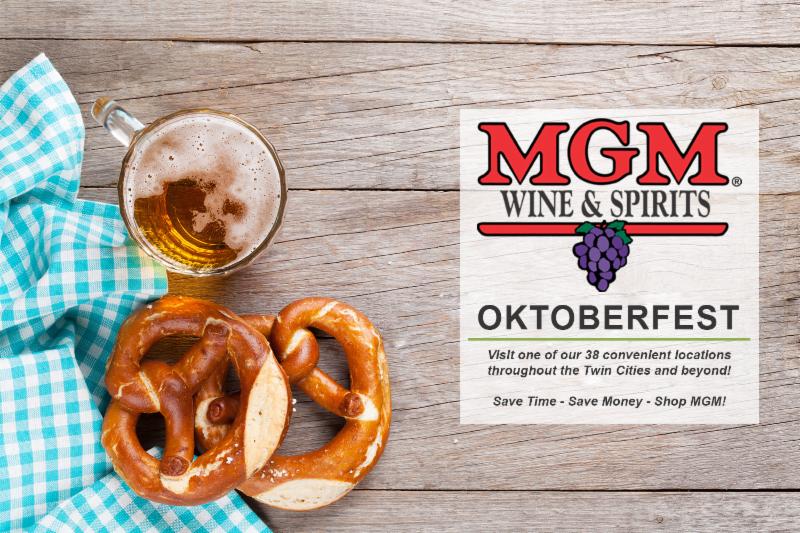Sometimes you just need to celebrate. That’s what Bavarian King Ludwig I thought when he turned his 1810 wedding celebration into the annual Oktoberfest. Since then, the festival has expanded exponentially. What was once a grand horse race will be 16 days of merriment and beer from Sept. 17 to Oct. 3 this year. To start it all off, Munich’s mayor will open up the first keg at noon and yell, “O’zapft is”-it’s tapped!
While beer wasn’t the focus of the original Oktoberfest, there was plenty to go around since many people considered it safer to drink than water; the distilling process killed harmful bacteria. Now, of course, Munich’s Oktoberfest is home to 14 large beer tents that can serve up to 10,000 people each, and 7.7 million liters of beer were consumed at last year’s Oktoberfest. Are you surprised, though? Oktoberfest has its own special beer: Märzen.
The traditional Märzen has a higher alcohol content (usually between 5-7 percent) than regular beer because German brewers discovered that it kept the beer from going bad during hot summer months. Back in the day, brewers would make Märzen in the spring (März is March in German), store the beer in the coldest caves and cellars they could find, and finish up their beer tanks in the fall to prepare for another cycle.
Six local breweries supply all of Munich’s Oktoberfest, and although they lay claim on the official Oktoberfestbier, you can find Oktoberfest-styled beers everywhere because of the festival’s popularity. Oftentimes, brewers will infuse hints of caramel into their beer, so pairing the amber drink with pork or chicken works well. If you want more of a snack, go for a pretzel or even some sauerkraut.
So eat heartily, sing loudly and raise your glass to Oktoberfest. It’s time to celebrate.









